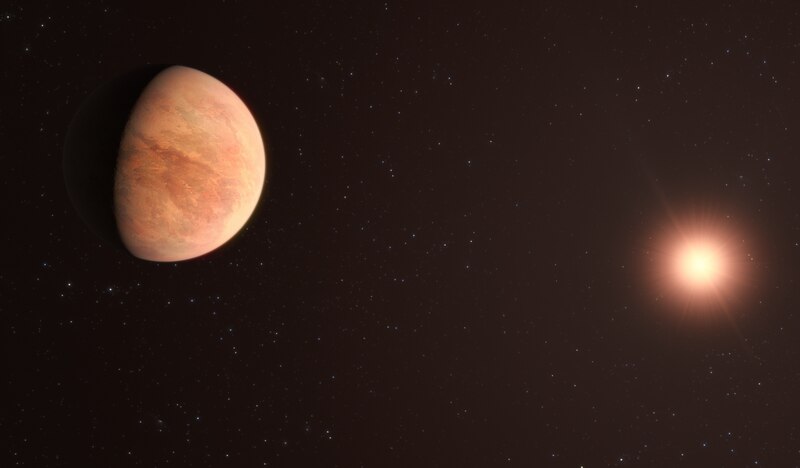New Discoveries in the L 98-59 System: Five Rocky Worlds Identified

In a groundbreaking study, a team from the Trottier Institute for Research on Exoplanets (IREx) at the Université de Montréal has made significant advancements in understanding the L 98-59 planetary system. This research, which confirms the existence of a fifth planet within the habitable zone, was published on July 23, 2025, in The Astronomical Journal. The L 98-59 system, located just 35 light-years from Earth, contains several rocky planets, including a sub-Earth and a potential 'water world'.
According to Charles Cadieux, a leading researcher at IREx, the study utilized data from NASA's Transiting Exoplanet Survey Satellite (TESS) and the European Southern Observatory's (ESO) HARPS and ESPRESSO spectrographs. Cadieux stated, "These new results paint the most complete picture we've ever had of the fascinating L 98-59 system," highlighting the importance of combining data from both space and ground-based telescopes.
The L 98-59 system was initially discovered in 2019, consisting of four known planets, all of which orbit their host star at distances significantly closer than Mercury's distance from the Sun. This compact arrangement raises intriguing questions about the formation and evolution of planets around red dwarf stars. The newly confirmed fifth planet, designated L 98-59 f, resides in the habitable zone, where conditions may permit the presence of liquid water.
The research team employed a novel line-by-line radial velocity analysis technique to enhance their measurements. This technique enabled them to precisely identify the planetary signals amid stellar noise, effectively doubling the precision of mass and radius estimates for the known planets. Émile Artigau, another co-author and researcher at IREx, emphasized that their approach reveals the potential hidden in archival data, allowing for more accurate planetary characterizations without the need for additional telescope time.
The implications of this research extend beyond mere discovery. The L 98-59 system offers a unique laboratory for addressing fundamental questions in exoplanet science, such as the compositions of super-Earths and sub-Neptunes, and the atmospheric retention capabilities of rocky planets orbiting low-mass stars. Renée Doyon, the director of IREx, remarked, "Finding a temperate planet in such a compact system makes this discovery particularly exciting."
With the James Webb Space Telescope (JWST) already targeting this system for future atmospheric studies, researchers hope to uncover more about the potential for life beyond Earth. Alexandrine L'Heureux, a Ph.D. student and co-author of the study, expressed optimism about the opportunities for detailed exploration of these rocky worlds, stating, "It's exciting to see it stand alongside systems like TRAPPIST-1 in our quest to unlock the nature and formation of small planets orbiting red dwarf stars."
As the scientific community continues to refine its methods and expand its knowledge of exoplanets, the L 98-59 system remains a focal point for ongoing research into the diversity of planetary systems and the conditions that may support life. The study not only advances our understanding of the cosmos but also underscores the collaborative efforts of researchers and institutions in the pursuit of knowledge about our universe.
Advertisement
Tags
Advertisement





